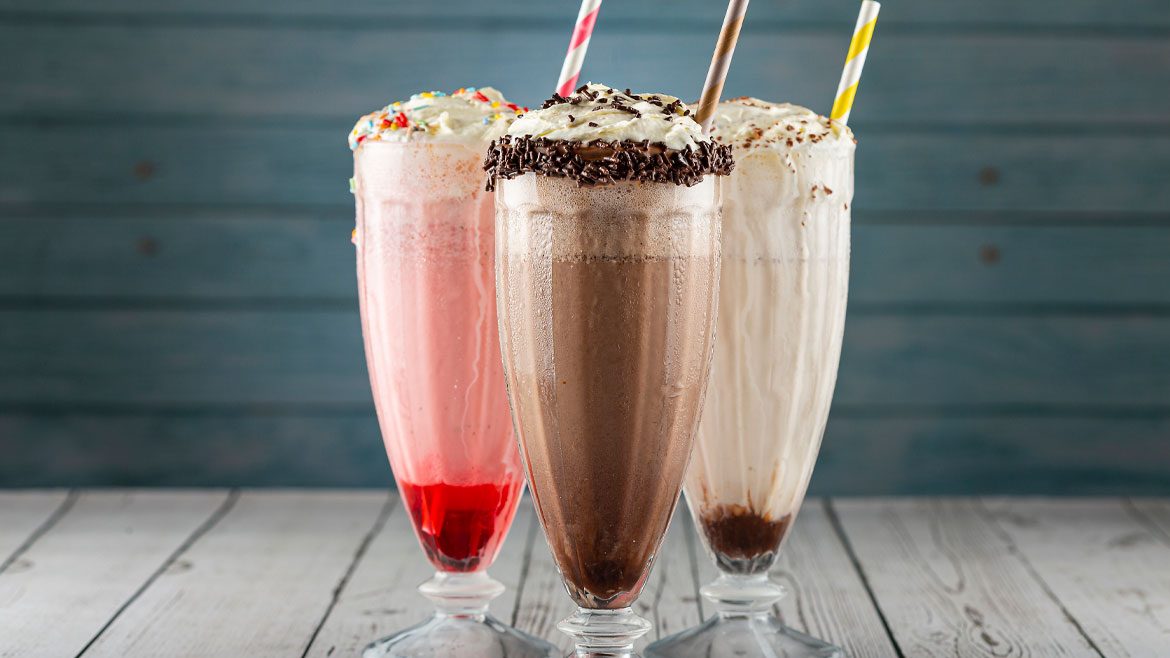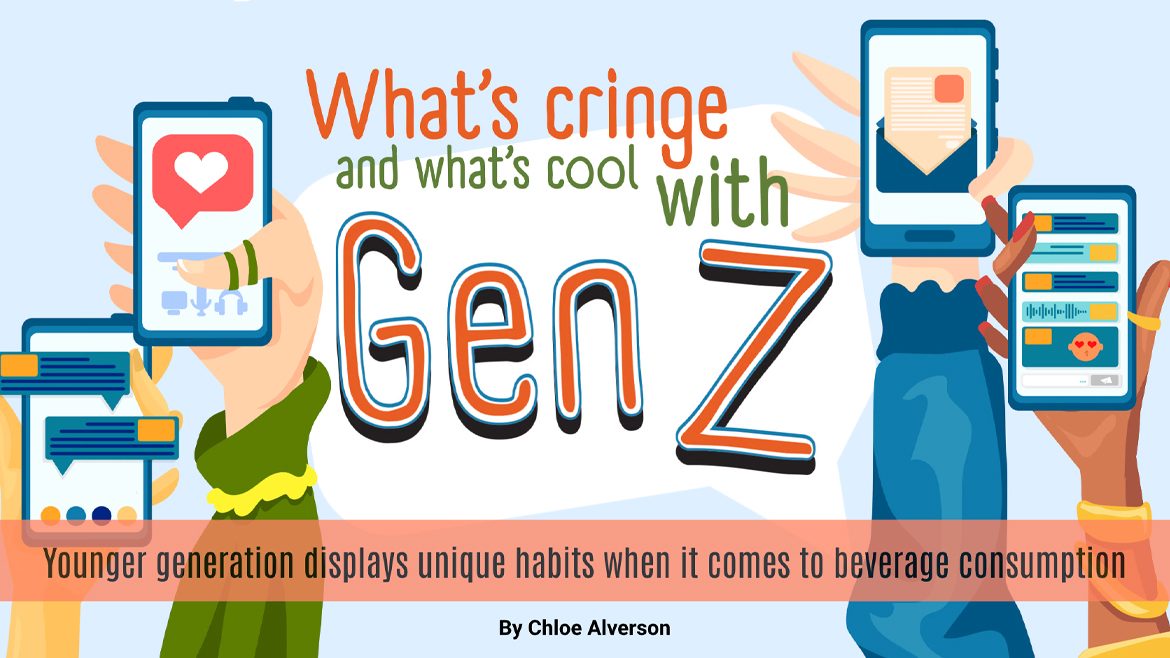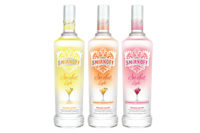2003 Wine Report
![]()
2003 Wine Report
A Year Of Recovery
By Jamie Popp
Unlike previous years that
had bumper crops and supportive weather conditions, 2003 was a difficult
year for grape growers and wine producers in the United States. Although
prices per ton were down, total crush volumes
dipped and vines were ripped out due to previous years’ wine glut, U.S. wineries were able to keep international competition at bay as the dollar continued to
weaken.
In 2003, wine shipments in the United States from all
sources were up 5 percent to 627 million gallons. California accounted for
67 percent of the total market share at 417 million gallons, according to
the Wine Institute in San Francisco.
The California grape crush was down 5 percent in 2003
from 2002, totaling less than 2.94 tons of wine grapes crushed. And growers
received more bad news as prices for red and white wine grapes on average
dipped below 2002 prices, according to the California Department of Food
and Agriculture in its Preliminary Grape Crush Report released in February.
Chardonnay was the largest contributor to crush
volume, with more than 560,000 total tons crushed at an average price of
$655 per ton. Cabernet Sauvignon and Zinfandel wine grapes took the No. 2
and No. 3 spots, respectively. Cabernet Sauvignon reported more than
395,000 total tons crushed at an average price per ton of more than $1,000.
Zinfandel accounted for more than 327,000 tons priced at $427 per ton.
According to the report, the largest production district was
Fresno/Madera/Tulare, followed by Lodi/Woodbridge and Kern, all located in
Central California.
According to the Wine Institute, the decrease in crush volume
was largely due to unseasonable rain storms last spring, hotter-than-normal
conditions during the summer and a decrease in the total vine acreage producing
wine grapes. The organization cites the removal of vines in recent years at
a faster rate than planting new grape-bearing plants was the cause of lower
crush totals.
Although it appears the U.S. wine industry is
struggling, experts say the relatively light crop will help the
supply/demand balance in the California wine business, something the
industry has been struggling with during the past few years.
What Are They Drinking?
Vinexpo predicts that by
2007, Americans will be consuming an average of more than 23 million
hectoliters of wine, with still light wines leading the way. Of the still
light wines being consumed, the world wine organization says more than 74
percent of the wine consumed in the United States will be produced
domestically in 2007. However, as both international and national producers
stake a larger claim in the growing wine-drinking population, Vinexpo
expects imports to steal a larger piece of the pie from domestic
competition.
Americans will spend more than $18 million on domestic
and imported wine by 2007, up from more than
$16 million reported by Vinexpo in 2002. And more than 80 percent of the
market growth in the wine retail sector is expected to be wines that cost
more than $5 per bottle, according to the organization.
Battle For Position
E&J Gallo has maintained its position as the No. 1
wine producer by volume in the United States . The Modesto-based company
has more than 35 brands that span all price ranges and sectors as well as a
significant presence in international markets. According to Euromonitor,
E&J Gallo is the largest exporter of U.S. wines, selling in more than
90 countries. However, broadsided in 2003 by Constellation Brand’s
completed acquisition of BRL Hardy, Gallo now battles for the title of the
world’s largest winery.
Gallo, typically known for value wines, is now
expanding into the upper echelon of wine production with its premium-priced
wines. This has given it an interesting position against rival producers
such as Robert Mondavi and Kendall-Jackson in the United States, and
Constellation on a world scale. The two multinational companies continue to
compete head-to-head in a number of wine categories, including everything
from low-priced budget wines to high-end premium offerings as well as flavored alcohol beverages. They also both have winery interests
in Australia, one of the leading countries exporting wines to the United States.
News from the company in 2003 involved a bid on
Grapeco winery in Madera, a large grape concentrate business, and more
recently an announcement that Gallo will acquire Bridlewood Estate in Santa
Barbara. Additionally, Gallo started promoting
its brands through a roadshow in the United Kingdom using a customized vehicle with a California-style wine bar inside, and it also
relaunched its Wine Cellars brand under the name Sierra Valley. Other
packaging innovation included introduction of a screw cap and 187-ml.
bottles for the U.K. on-premise market.
Constellation Brands, Fairport, N.Y., reported net
sales for its fiscal year 2004 increased by 43 percent to $2.4 billion. It
attributed its success to the addition of BRL Hardy to the fold.
Constellation also looked to the United Kingdom for business opportunities.
The company says its premium branded wine sales grew 8 percent due to
Australian and California wine in the United Kingdom and higher-end wines
in the United States.
The company announced early this year that it formed
Constellation Wines Europe to account for the increasing demand for its
brands worldwide. The new group is part of the integration that took place
within the company’s operations after the BRL Hardy merger.
The Wine Group, San Francisco, made its own waves in the wine
business this year by maintaining its solid third-place position in the market,
with reportedly 25 million cases of wine sold in 2003. More recently, the company
threw its bid in the ring for Golden State Vintners, one of the top five bulk
wine producers in the United States. Although the combined company would not
give The Wine Group a higher ranking among larger producers, it would support
its positive growth.
Trends To Watch
Growers in California are increasingly turning to sustainable
wine production practices. In 2003, the Wine Institute and the California Association
of Winegrape Growers formed the California Sustainable Winegrowing Alliance
to promote the “Code of Sustainable Winegrowing Practices” program and workbook,
a tool that allows growers and vintners to gauge current sustainable practices
and design and implement their own action plans. It’s also a tool for researchers
to track the industry's overall progress. Since the introduction of the workbook,
25 percent of vineyard acreage in California and 50 percent of the state's wine
production has been assessed through the evaluation process. The California
Department of Food and Agriculture provided a $280,000 grant to support the
project, which includes informational workshops across the state.
Making waves as one of the hottest wines on the market in 2002,
Charles Shaw wine, produced by Ceres, Calif.-based Bronco Wine Co., maintained
its hold in 2003, and was even named Winery of the Year at the Unified Wine
& Grape Symposium for the second consecutive year. The winery’s sales grew by
four million cases due to both exports of bulk wine and the infamous $2-per-bottle
elixir.
Forecasts show the United States and Great Britain
will account for more than one-third of the
increase in worldwide wine consumption, and Vinexpo predicts an 11 percent
increase in wine consumption in the United States by 2007.
Imports Stand Strong
Continued weakness of the
dollar brought about interesting challenges for international producers
promoting wine in the United States. In addition to rethinking their export
efforts due to exchange fluctuations, import brands also were hit by lower
price points in the U.S. wine market.
“One of the big reasons [for falling imports] is the fall of
the dollar during the past six months,”says Tina Fischer, partner of Polaner
Selections, an import company in Mt. Kisco, N.Y. “The fall of the dollar has
been unfortunate. All of us in the multi-tier system have had to take a look
at our margins and are trying to weather the storm. Good value is really important.
People are looking for a $10 bottle of wine, and the average case price continues
to decrease.”
Although wine imports have received a blow from U.S.
competition, which is offering good-quality lower-priced wine, Polaner
Selections is taking a new approach to draw attention to imports.
“We see a backlash from California wines made by cult producers,
which were the higher priced wines years ago,”Fischer says. “Today, we’re finding
people [in the New York market] aren’t able to spend a lot of money on a new
Cabernet Sauvignon producer. [As importers] we are more reluctant to take a
stab at taking on a new producer that is prohibitively expensive because people
aren’t buying.”
Fischer says the company’s strategy is to
introduce value wines from countries such as Greece, New Zealand and
Portugal, which will entice savvy consumers watching what they spend on an
imported bottle of wine. The result is an eclectic mix of wines that offers
consumers variety of both microclimates and smaller producers in new
regions of the world.
“For example, people have introduced Portuguese
wines in the market,”Fischer says. “But there’s a trend
now in Portugal to bottle wines by quinta, or a locally-owned small vineyard, and introduce clean,
freshly produced wines. We also are learning about varietals that we have never heard of before in Greece. On the coattails
of the Olympics, it’s a fun category to be introducing right
now.”
Snapshot of U.S. Wine Consumption, 1998-2007
| Wine consumed by style (millions of hectoliters) | |||
| Still light wine | Sparkling wine | Total | |
| 1998 | 17.31 | 1.19 | 18.5 |
| 2002 | 19.67 | 1.13 | 20.8 |
| 2007 | 21.93 | 1.16 | 23.09 |
| Still light wine by origin (millions of hectoliters) | |||
| Domestic wine | Imported wine | Total | |
| 1998 | 14.35 | 3.02 | 17.37 |
| 2002 | 15.2 | 4.5 | 19.70 |
| 2007 | 16.36 | 5.57 | 21.93 |
| Still light wine retail turnover (millions of dollars) | |||
| Domestic wine | Imported wine | Total | |
| 1998 | 9.95 | 3.01 | 12.96 |
| 2002 | 11.55 | 4.51 | 16.06 |
| 2007 | 12.97 | 5.65 | 18.62 |
| Wine consumed by price point (millions of hectoliters) | |||
| Less than $5 | Between $5-$10 | More than $10 | |
| 1998 | 9.76 | 6.03 | 1.56 |
| 2002 | 9.67 | 7.64 | 2.38 |
| 2007 | 10.05 | 8.8 | 3.07 |
| Source: Vinexpo – IWSR/GDR 2004 | |||
Snapshot of U.S. Wine Consumption, 1998-2007
| Wine consumed by volume, excluding rice/fruit wines, fortified wines, light aperitifs (millions of hectoliters) | |||
| Still light wine | Sparkling wine | Total | |
| 1998 | 199.3 | 15.9 | 215.3 |
| 2002 | 19.67 | 1.13 | 220.1 |
| 2007 | 219.4 | 15.9 | 235.3 |
| Wine consumed by sales, including taxes (billions of dollars) | |||
| Still light wine | Sparkling wine | Total | |
| 1998 | 78.8 | 14.1 | 92.9 |
| 2002 | 87.5 | 14.1 | 101.6 |
| 2007 | 99.1 | 15.1 | 114.2 |
| Still light wine consumed by origin (millions of hectoliters) | |||
| Domestic wine | Imported wine | Total | |
| 1998 | 137.7 | 61.6 | 199.3 |
| 2002 | 138.7 | 66.7 | 205.3 |
| 2007 | 146.1 | 73.24 | 219.4 |
| Source: Vinexpo – IWSR/GDR 2004 | |||
Looking for a reprint of this article?
From high-res PDFs to custom plaques, order your copy today!




